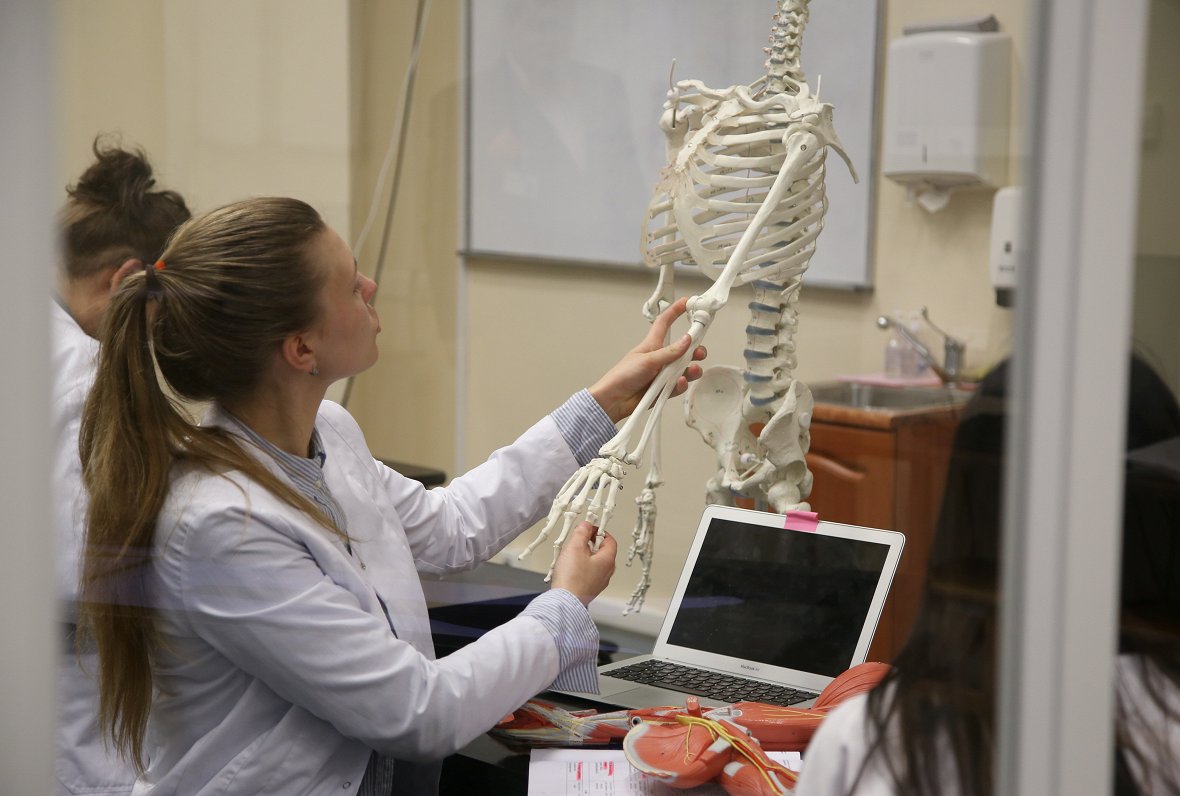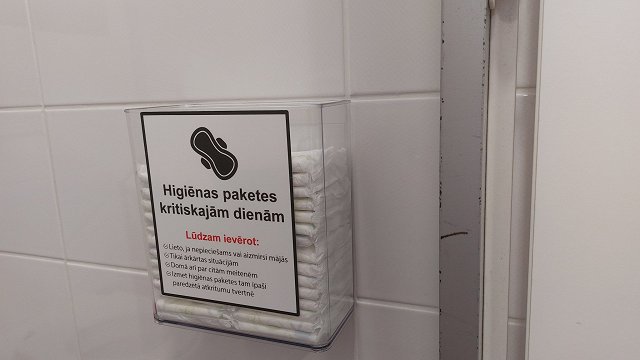Boom starts in 2013 as number of local students plummets
Prior to 2013, there were few foreign students in Latvia to speak of. However, the number is booming since after the crisis, reflecting the global tendencies. In 2013, the number of students studying abroad grew to more than 4 million globally. While the total number of students has decreased within the last decade, the number of foreign students studying in Latvian universities has grown from about 1,500 to more than 8,000.
The number of local students, however, has decreased by 40% within the last ten years from about 130,000 to 73,000. Currently the number of local students is the smallest within this century, and foreign students cannot fill the gap, but do make the fall more bearable.
Not all universities are able to attract foreign students with equal levels of success. Only two have been able to attract more than 1,000 students and only eight have more than 200 foreign students.
The Riga Stradiņš University, which had just the fifth highest number of foreign students in 2009, now has over 2,000 foreign students. While the Baltic International Academy, which was once at the top of the list, is currently ranked seventh.
While the ISMA University is seeing stellar growth rates, as it has almost doubled the number of foreign students from 2016 to 2017, mostly attracting Indian students of whom there were 25 in 2016 but 181 in 2017 at the university.
The Turība business university is also very successful, as in 2007 it had no foreign students at all but now has about 600.
Regional schools excluded from the action
The vast majority of foreign students study in Riga. None of the regional universities are ranked in the top 10 over the number of foreign students.
As to the countries the students come from, two tendencies can be mapped out.
First of all, the number of students from faraway countries, like India, is on the increase. If current tendencies continue, these countries can become the most popular region as opposed to CIS and OECD countries that currently send the most students to Latvia.
There's also a difference between public and private universities. While Rīga Stradiņš University and the University of Latvia (both public) attract mostly students from OECD countries and Lithuania, private universities attract students from CIS countries and Georgia, as well as far-off regions like India.
An exception is the public Riga Technical University, which attracts both students from the east and the west. It has attracted more foreign students than the University of Latvia.
While Latvia's part in the global market is below 1%, Latvia is something of a regional success. 15% of Germans who choose to study in Central or Eastern Europe study here. The same goes for 13% of Swedish students and 10% of French students.
World's largest student market still untapped
Latvia does, however, have very few Chinese students despite the fact that globally it produces most of the students who study abroad. Since 2015, more than 800,000 Chinese students study abroad. Of these, more than 15,000 are studying in Central or Eastern Europe. At the same time, there are fewer than 100 students from China in Latvian universities. In 2016, there were 42 Chinese students as opposed to 66 in 2017.
Meanwhile every ninth Indian student who studies in the aforementioned region chooses a Latvian university. Indian students mostly choose the Riga Technical University, but Turība, the Transport and Communication Institute, as well as the ISMA University are also popular.
To sum up, some universities have been able to attract more foreign students and some fewer, especially those in the regions.
It supports the CERT Latvian Competitiveness Report for 2016 that says that attracting foreign students in Latvia is not a state-wide policy and the actual number of students reflects the efforts on the part of each university.
Out of 30 universities, only eight have a substantial number of foreign students, and all of these are in Riga. Two universities in the Latgale region have, in fact, succeeded in attracting a substantial number of foreign students.

























